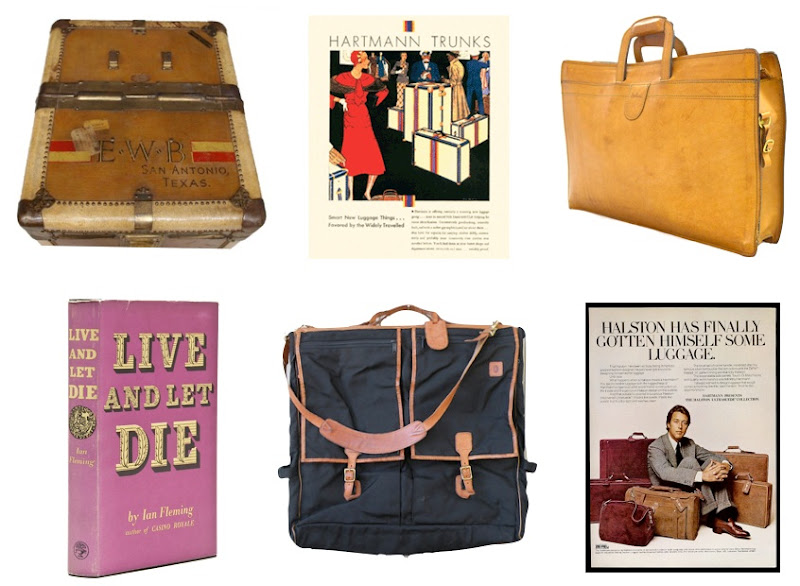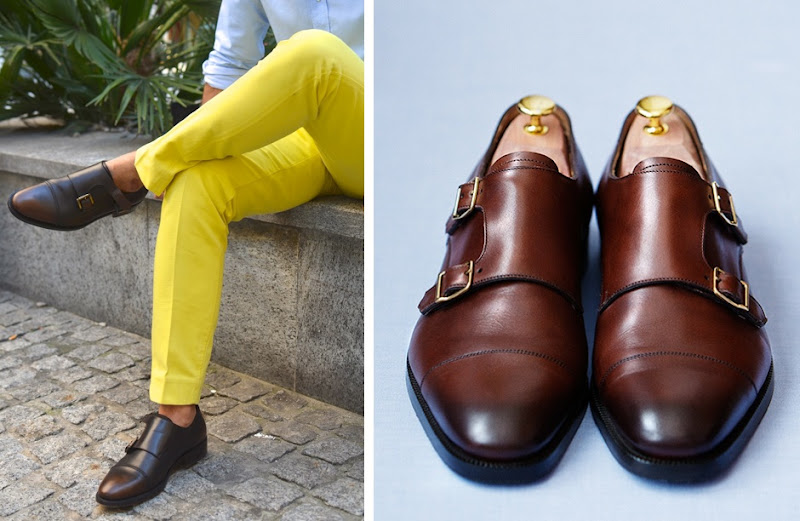
Perhaps one of the driving forces behind the heritage movement is that people want to hold on tight to the companies that are still making quality products, they want to hold on to the idea that manufacturers still care about history and the customer experience. I rarely write anything negative on this blog, but the Hartmann story is so disheartening that I found it hard not to.
Hartmann was founded in Milwaukee by trunkmaker Joseph Hartmann in 1877. He had a vision to build trunks and luggage that were "so fine [they would] stand as a symbol of excellence". For more than a century, his vision was carried out. The luggage was high quality and guaranteed for life—repairs were free and made without hassle. Even James Bond carried a Hartmann in Ian Fleming's 1954 novel
Live & Let Die. Both Halston and Gloria Vanderbilt designed collections for Hartmann and it was all manufactured in the U.S., in Lebanon, Tennessee.

I grew up with Hartmann, as you can see in the above photo of my mom's
VW 1988 Passat wagon filled with Hartmann bags and a golden retriever. So it was a major let down when my husband bought a new Hartmann bag and the pull handle snapped off after about six uses. Isolated mishaps occur to well-made goods all the time, but after just a bit of research I found the poor quality to be a widespread event. Customers who have owned dozens of pieces and have been loyal customers for decades have been voicing dismay both for the quality and the immediate recent decline in customer service (such as "not getting" emails, long phone waits, not returning calls, not having replacement parts, and refusing to repair for free even though it's guaranteed for life).
What happened? Hartmann moved their manufacturing overseas and ultimately were bought by Samsonite. The Tennessee plant was closed for good last year. The quality has diminished, the customer service is some of the poorest I've experienced—think your cable company, but way worse—
but the price tag has stayed the same. Cheap bags at a cheap price is one thing, but overpaying for a poorly-made bag is another. Make no mistake, they've kept the name Hartmann, but what you're buying today is not the old Hartmann.
This is a familiar song with many heritage companies because inevitably family companies change hands. In fact I recently heard a similar story about the iconic American luggage maker,
Zero Halliburton. But why I find all this worth mentioning is not for the sake of complaining or acting like an internet crank, but because it serves as a great example as to why I and others love and feature the companies like
Filson,
Duluth,
Kletterwerks,
Ghurka,
Rimowa, and all the other luggage makers around the world that still care about quality and experience.
Most of the time this blog is a "
this", but sometimes I feel the need to say "
not that".
Any of your luggage recommendations would be hugely appreciated.










